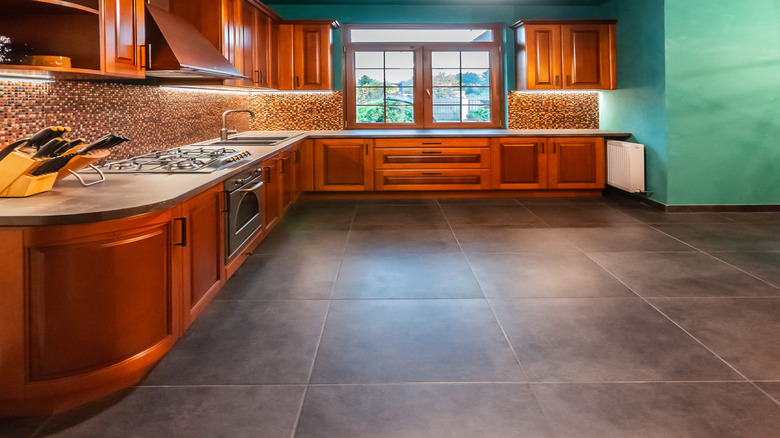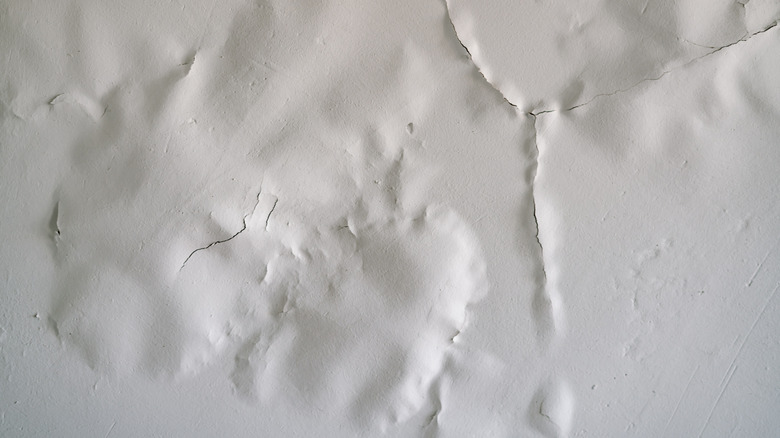Unbeatable Tricks For Maintaining Painted Ceilings In High-Humidity Areas
Maintaining painted ceilings in high-humidity areas can feel like fighting an uphill battle, especially when moisture seems to sneak into every corner of your home. Think about bathrooms after a long, steamy shower or kitchens where pots boil endlessly — these zones where your ceilings take the brunt. You might notice that your paint doesn't look as fresh as it once did, or you've caught sight of mysterious stains and peeling bits. To keep your ceilings looking fresh even in the most humid spaces, the secret is a combination of proper ventilation and regular wiping down.
The first trick for keeping your painted ceilings intact in high humidity is ventilation. When you have high humidity in a room, whether from cooking, showering or just the weather, moisture can settle on your ceiling and cause it to get damp. If that moisture sits there long enough, it can turn your ceiling into a moldy, peeling disaster. The simple solution? Open windows, or use an exhaust fan. The key is to move the moist air out and bring in fresh, dry air.
The second trick is wiping down your ceiling regularly. You'll need to break out a ladder (or a sturdy step stool) and get up close and personal with your ceiling. Humidity creates a damp environment where dust, mold, and mildew can build up, so it's essential to wipe your ceiling down now and then using a mixture of white vinegar and dishwashing soap. A microfiber cloth works wonders, and no need to go crazy – just a gentle pass to eliminate any lingering moisture or debris.
Signs your painted ceiling needs maintenance
High humidity doesn't just sit there quietly; it shows up uninvited and brings drama to your ceiling. One sign that your painted ceiling is crying out for help is peeling paint. In high-humidity areas, moisture sneaks behind the paint, weakening its bond with the surface. At first, you might see small flakes, but if ignored, the peeling can spread like a bad haircut you're too afraid to fix. It's not just an aesthetic problem; peeling paint can expose your ceiling to further damage, such as mold and mildew. To deal with peeling paint, you'll need to scrape off the loose pieces, sand the area smoothly, and repaint with moisture-resistant paint.
Another sign that humidity is damaging your ceilings is discoloration. A discolored ceiling has patches ranging from light stains to dark splotches. Most often, discoloration is caused by water pooling above the ceiling, thanks to poor ventilation, insufficient insulation, or leaks. To fix it, you'll need to clean the affected area with a mix of water and mild detergent, let it dry thoroughly, and then repaint with a stain-blocking primer.
Lastly, you might notice cracks in your ceiling. While they may not seem like a big deal at first, cracks in the ceiling can become a real headache. Moisture seeps into these cracks, widening them over time and causing structural damage. You might notice hairline cracks at first –- tiny enough to ignore –- but it's time to act if they start growing or spidering out. Use a flexible ceiling filler to seal the cracks, followed by a good sanding to even out the surface before painting.

